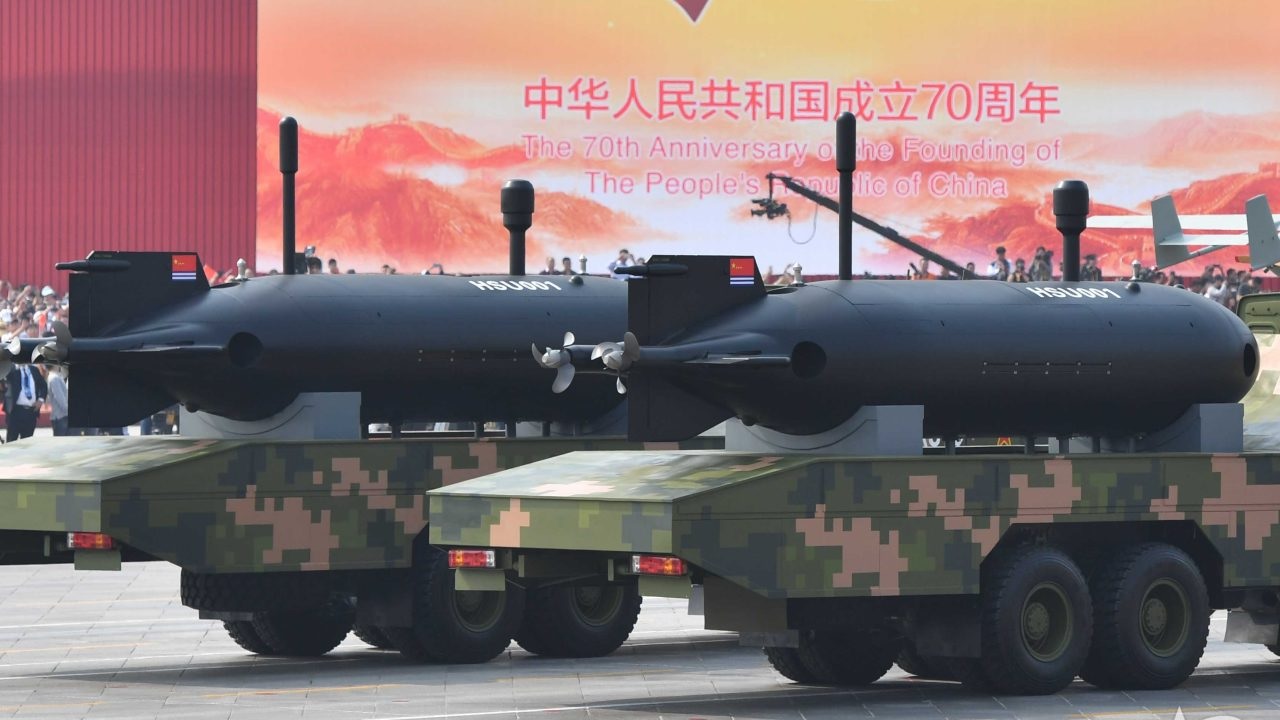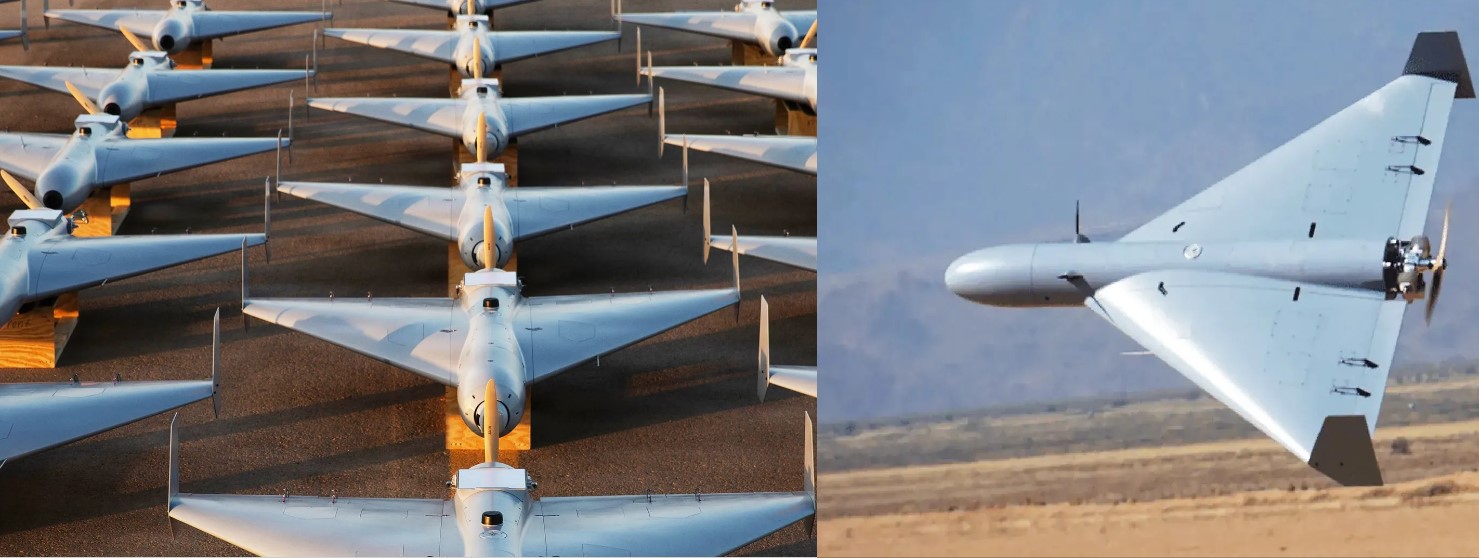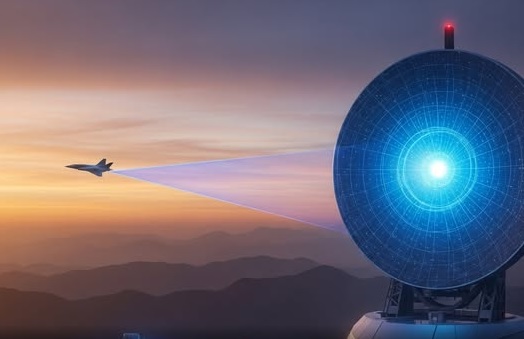China Explores Ways to Cripple U.S. Anti-Submarine Surveillance

Military analysts say Chinese naval strategists are increasingly focused on finding ways to weaken the United States’ undersea surveillance network, a key element in tracking submarines across the vast waters of the Western Pacific.
According to recent assessments by defense experts, China’s People’s Liberation Army Navy (PLAN) views the U.S. network as both a critical advantage for Washington and a potentially “fragile” system vulnerable to disruption. The concern for Beijing stems from the fact that the network enables the U.S. to keep a near-constant watch on Chinese submarine movements, particularly through strategic chokepoints in the South and East China Seas.
The U.S. surveillance grid, formally known as the Integrated Undersea Surveillance System (IUSS), evolved from the Cold War-era SOSUS program. It uses fixed seabed arrays, undersea cables, mobile Surveillance Towed Array Sensor System (SURTASS) ships, and advanced sonar-equipped warships and submarines. Aircraft such as the P-8A Poseidon and MH-60R Seahawk add another layer by deploying sonobuoys and torpedoes during patrols.
Chinese military commentators argue that this network’s vast coverage makes it difficult to protect every sensor and cable. They suggest that disabling even a small percentage of these nodes could have an outsized impact, reducing detection ranges and response times. Tactics under discussion include kinetic strikes on surveillance ships, deploying unmanned undersea vehicles (UUVs) for sabotage, or cyberattacks to disrupt the network’s command and control systems.
Beijing has invested heavily in such capabilities. The PLAN operates advanced UUVs like the HSU-001 and Sea Wing (Haiyi) drones, capable of long-range reconnaissance and undersea interference. Other deep-diving platforms such as the Qianlong series, Haishen-6000, and research submersibles like Jiaolong could be adapted to locate and neutralize U.S. installations, sever communication cables, or plant counter-surveillance devices.
Some Chinese strategists have floated the idea of pre-conflict saturation tactics, in which multiple submarines or unmanned craft would flood surveillance zones to overwhelm detection systems. The goal, they argue, would be to mask the movements of high-value nuclear and conventional submarines before any major operation.
Former U.S. Navy officers acknowledge the potential risk but emphasize that finding small, hidden sensors across thousands of square miles of ocean remains a significant challenge. Moreover, mounting such a campaign would carry high political and economic risks for Beijing, potentially triggering immediate escalation.
If China were to degrade this surveillance network, the U.S. Navy’s ability to monitor Chinese submarines would suffer, forcing Washington to rethink its anti-submarine warfare (ASW) posture. Allies like Japan, Australia, and South Korea could be called upon to take a larger role in regional monitoring, possibly using distributed, autonomous sensor networks to maintain coverage even if fixed sites were disabled.
The stakes are high: a loss of U.S. undersea dominance could open new operational opportunities for China in contested waters, altering the balance of naval power in the Indo-Pacific and increasing the strategic uncertainty in one of the world’s most heavily militarized maritime regions.
✍️ This article is written by the team of The Defense News.






